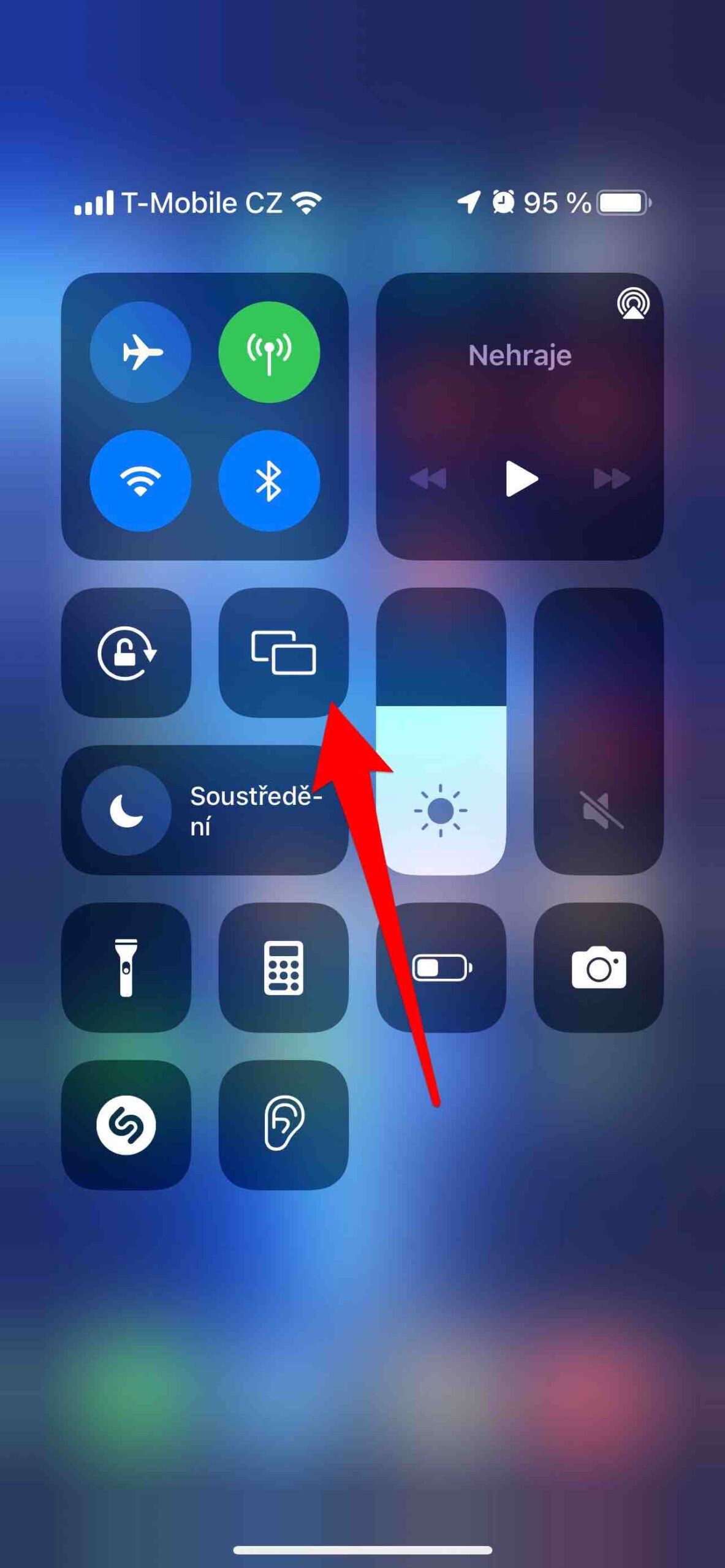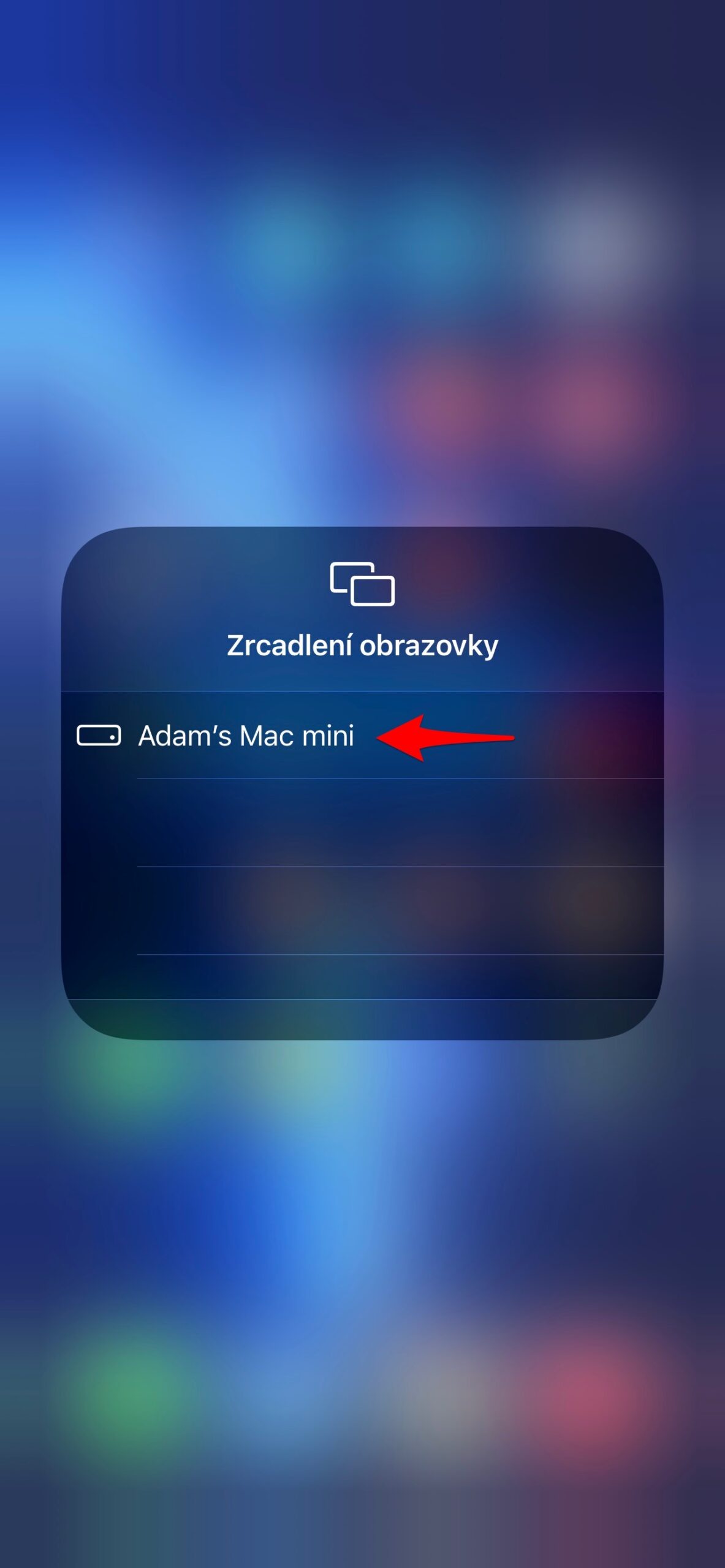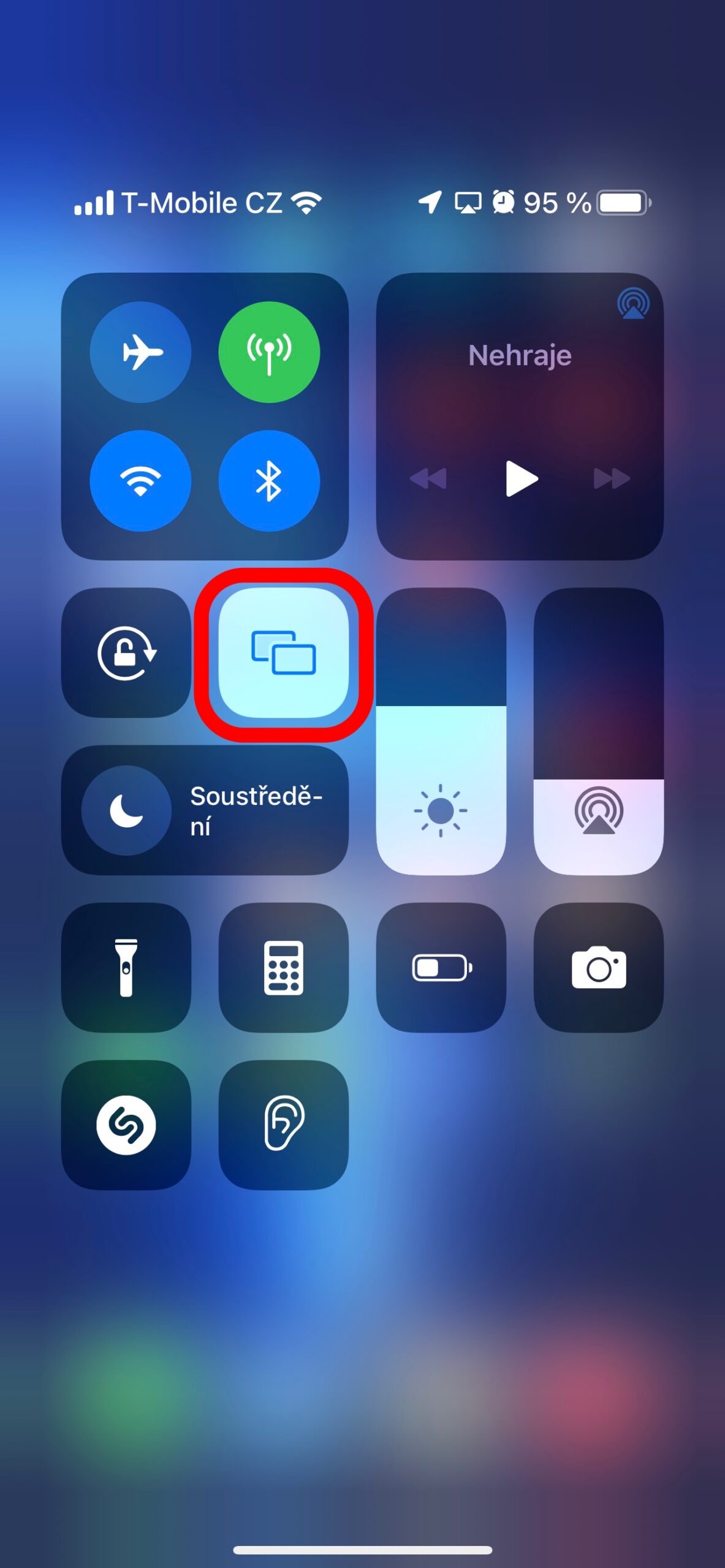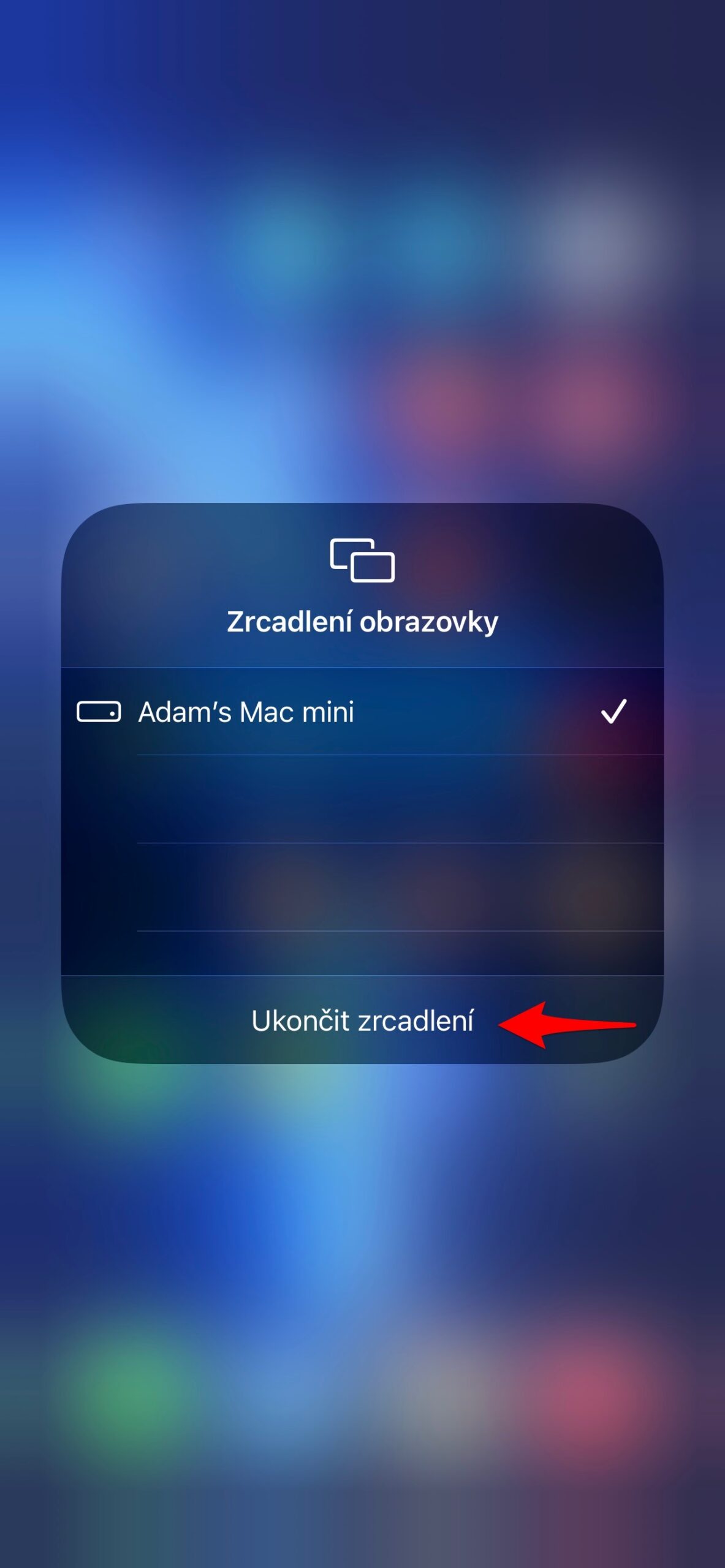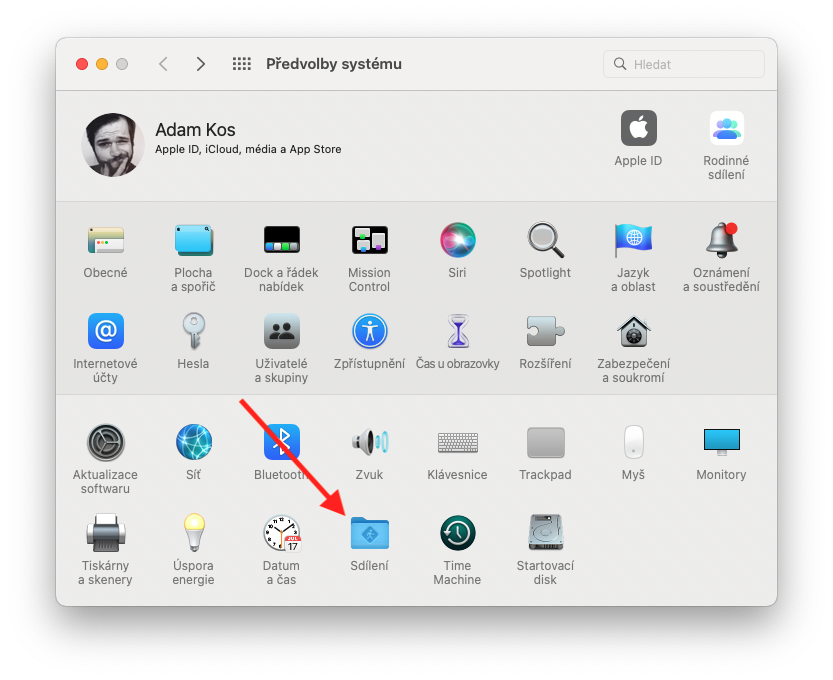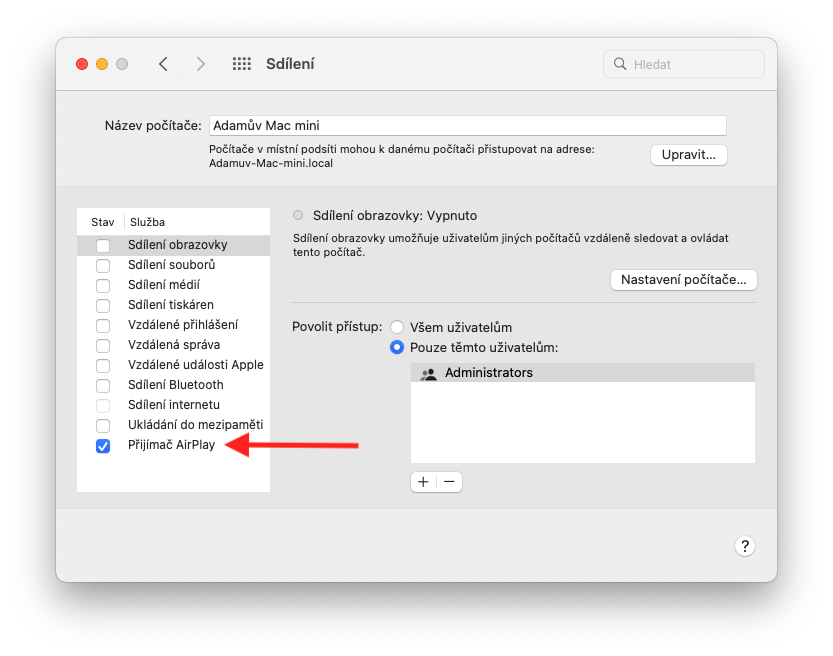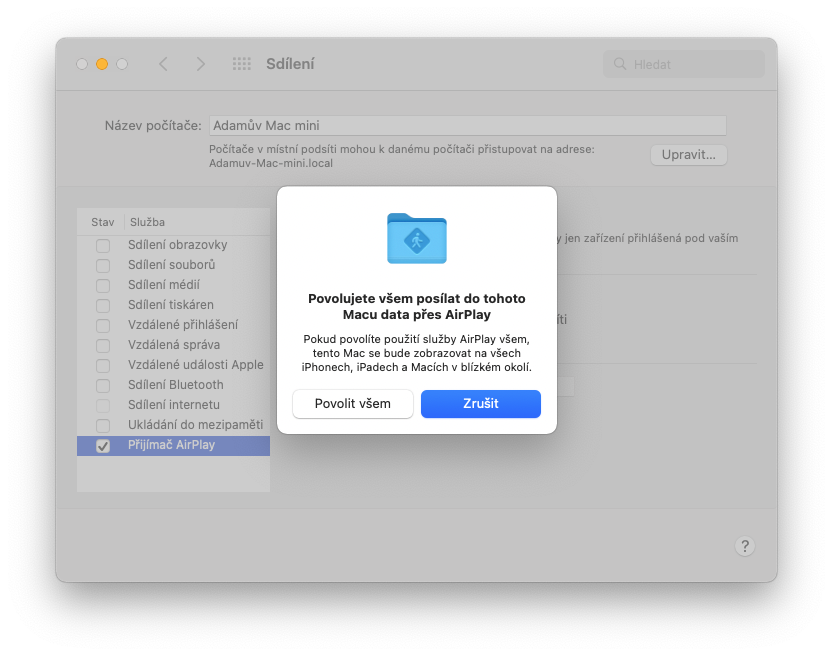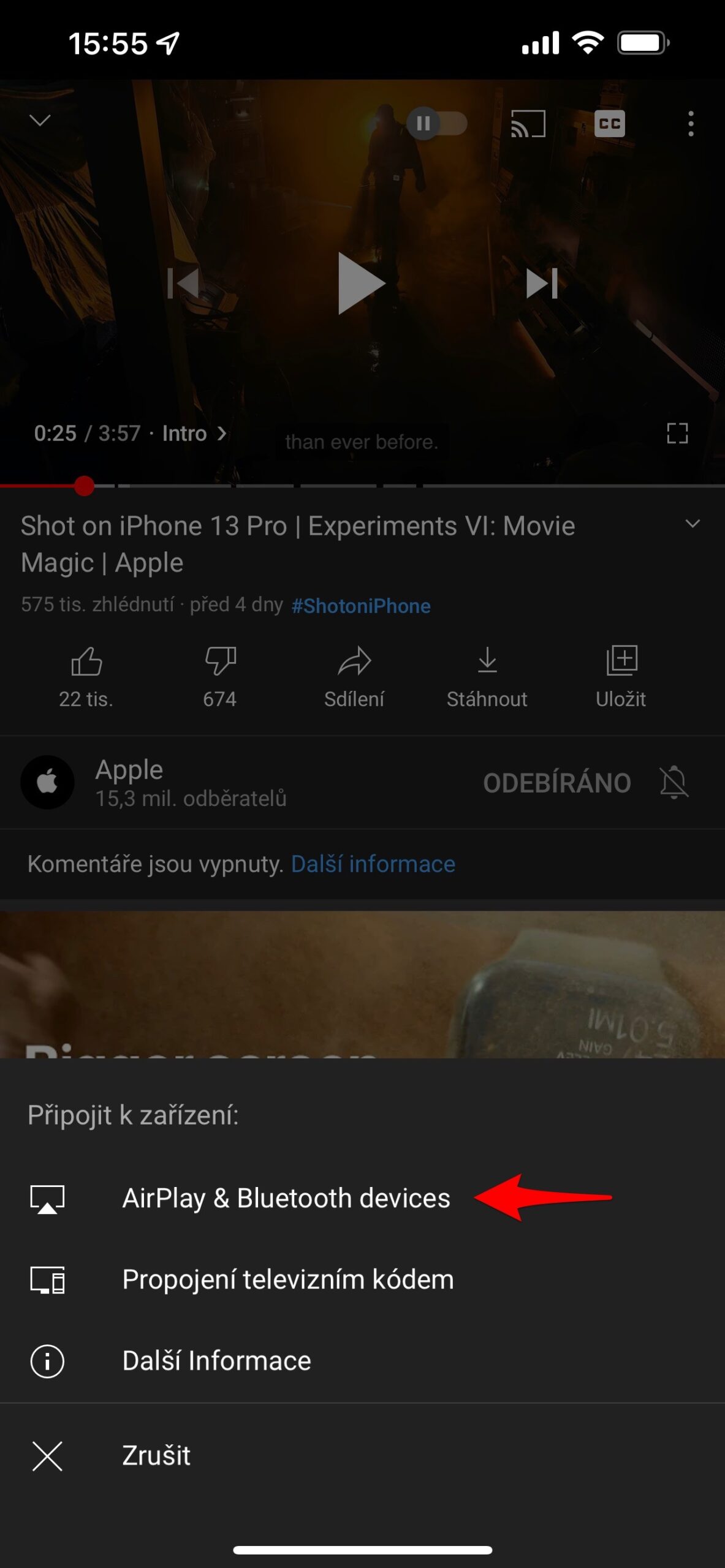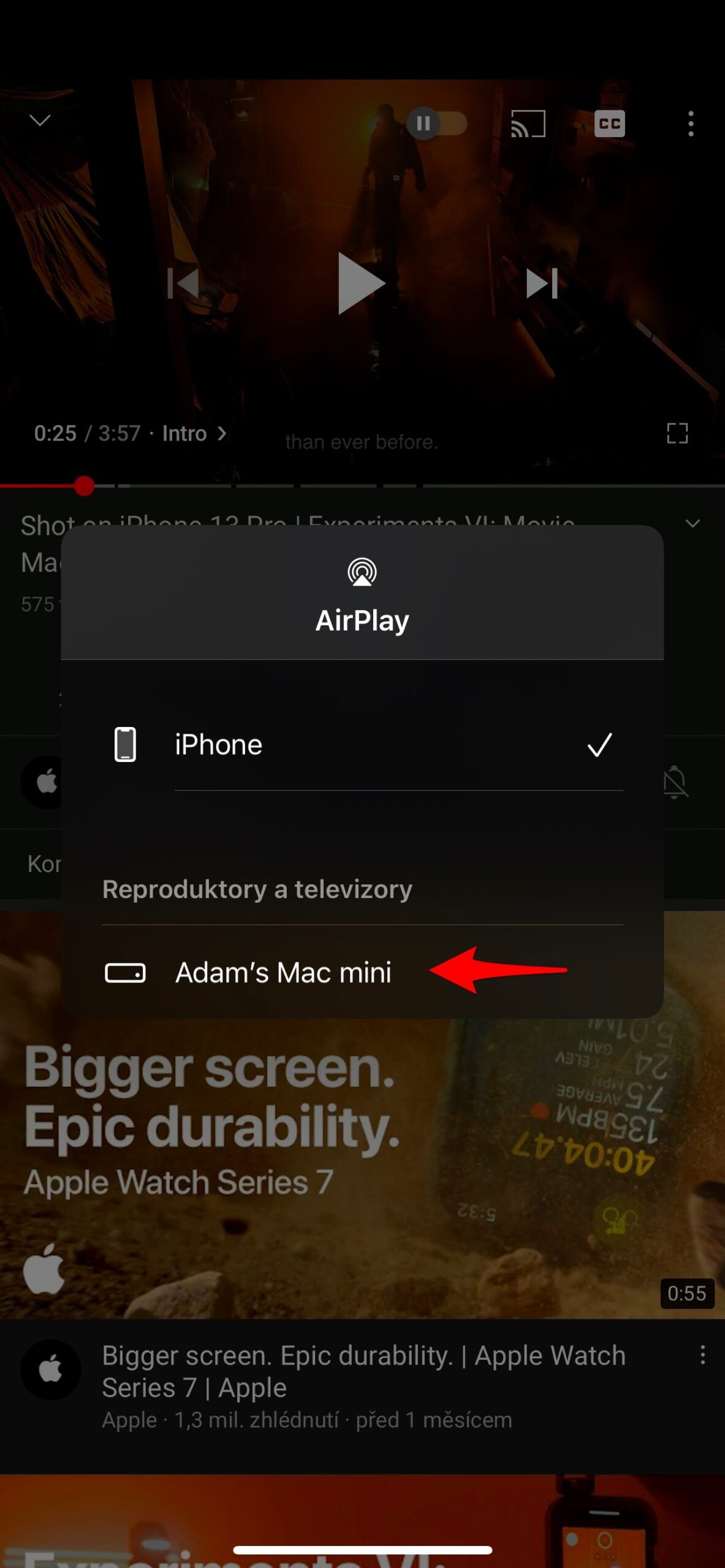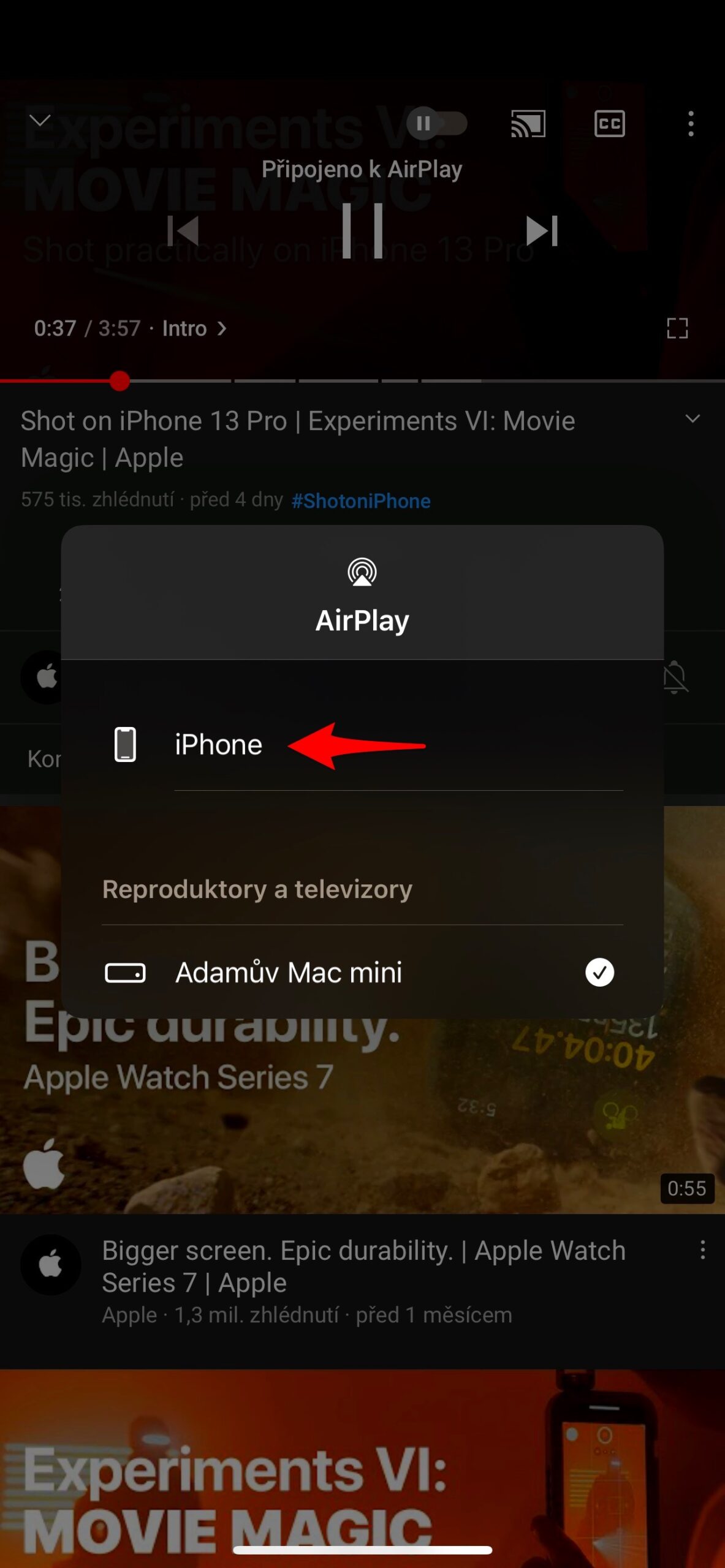Apple has finally released macOS 12 Monterey to the public. The update comes with several new features including Focus Mode, SharePlay, Live Text and more. AirPlay from an iPhone or iPad to a Mac without having to install any third-party apps can also be quite a useful novelty.
AirPlay is a wireless protocol developed by Apple for streaming audio and video from one device to another, such as an Apple TV or HomePod. With macOS Monterey, however, it also fully cooperates between iPhones and iPads with Mac computers. You will use this not only when sending video to a larger screen in the form of a Mac, but also especially if you need to share the screen of an iPhone or iPad on a computer.
It could be interest you
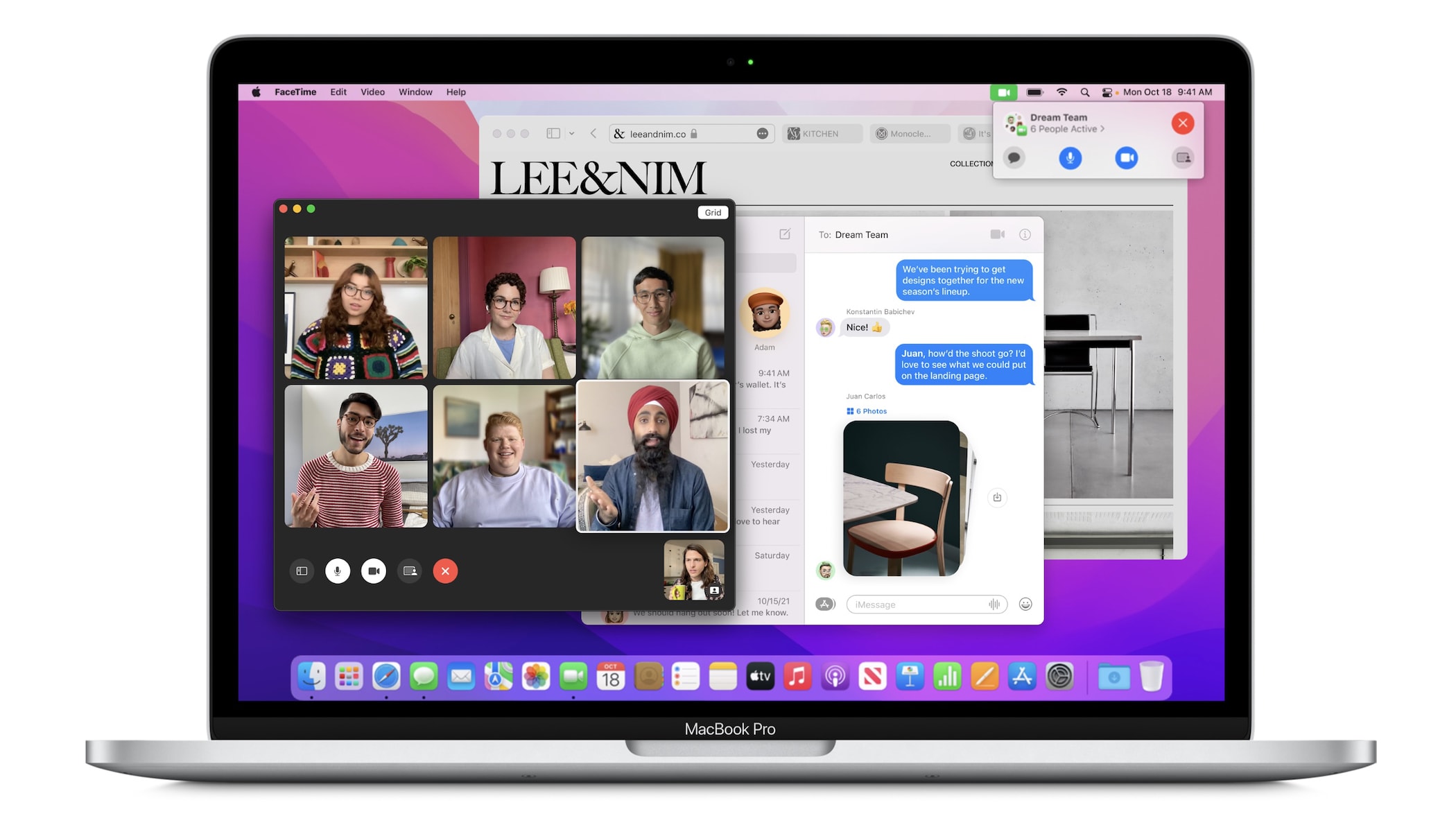
Compatible devices
If you want to use AirPlay on a Mac, you must be compatible with the feature. Not every Apple computer that can run macOS Monterey supports this new feature. Specifically, these are the following Mac computers, iPhones or iPads:
- MacBook Pro 2018 and later
- MacBook Air 2018 and later
- iMac 2019 and later
- iMac Pro 2017
- Mac Pro 2019
- Mac mini 2020
- iPhone 7 and later
- iPad Pro (2nd generation) and later
- iPad Air (3rd generation) and later
- iPad (6th gen) and later
- iPad mini (5th gen) and later
Running AirPlay from iOS to Mac
Mirroring itself is not complicated at all. In practice, all you have to do is open it Control Center, tap the icon Screen mirroring and select the searched device that supports the function. But you have to be within range of the device or on the same Wi-Fi network. Whatever you are doing on the Mac, the image from the iPhone or iPad will be displayed over it in full screen. Depending on the layout of the display, this happens in height but also in width. You don't need to set anything up on a supported Mac. If you want to stop screen sharing, go to the Control Center again on your iPhone or iPad, choose screen mirroring and put End mirroring. It can also do so on a Mac, where a cross symbol appears at the top left.
How to Manually Enable or Disable AirPlay on Mac
If for some reason AirPlay doesn't work for your Mac, or if you want to disable this feature, you can do so in System preferences macOS in which click on Sharing. Select here AirPlay receiver. If you uncheck it, you deactivate the function. But you can also determine here who will have access to AirPlay on your Mac - either only the currently logged-in user, everyone connected to the same network, or anyone. If you want, you can also set a password here, which will be required to start the function.
AirPlay works on Mac even when using a cable with your iOS or iPadOS device. This is handy if you don't have access to Wi-Fi, or if you require minimal latency from your transmission. For those of you with AirPlay 2-compatible speakers, the Mac can also be used as an additional speaker to simultaneously play songs or podcasts with multiroom audio capabilities.
It could be interest you
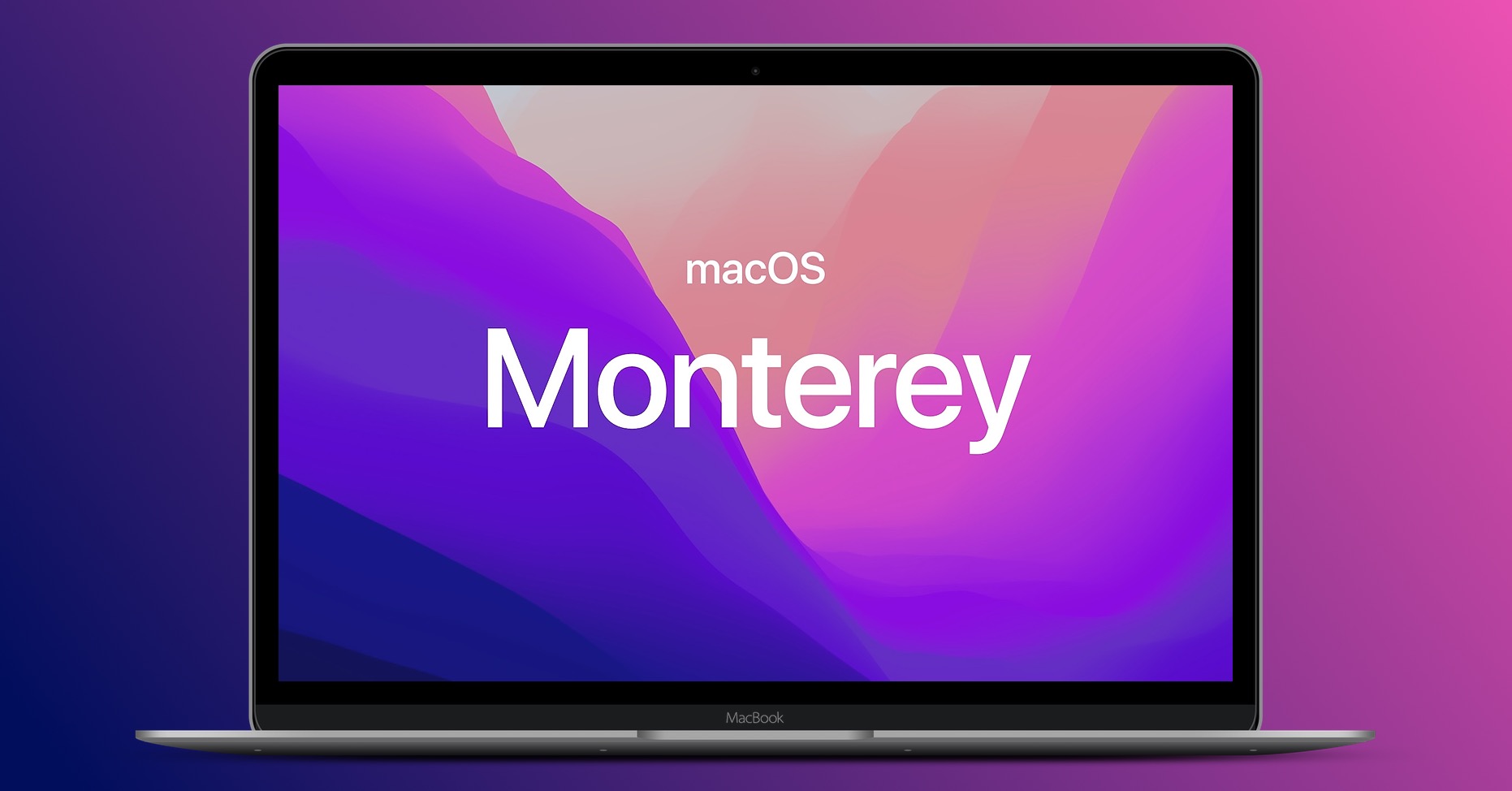
YouTube and other apps
AirPlay also works across apps. In them, the biggest challenge is to find the appropriate icon under which AirPlay is hidden, because each title may have a different one. In any case, if you want to send the video you are playing on YouTube on your iPhone or iPad to your Mac, just pause the video, select the monitor icon with the Wi-Fi symbol at the top right, select the AirPlay & Bluetooth devices selection and select the appropriate device. After that, you can start playing the video again, while doing so on your Mac. It will also play sound. The YouTube interface will further inform you that the video is being played via AirPlay. Use the same procedure to turn off the function when you choose an iPhone or iPad instead of a computer.
